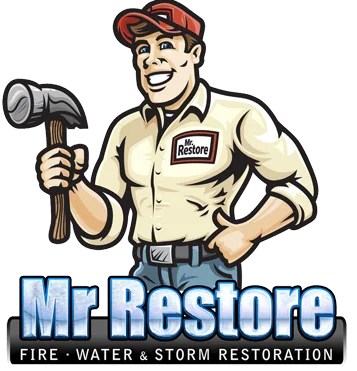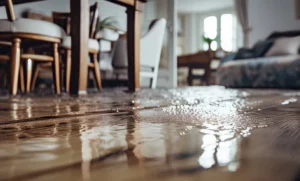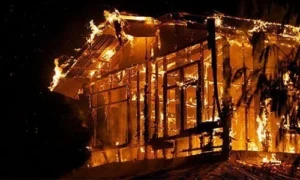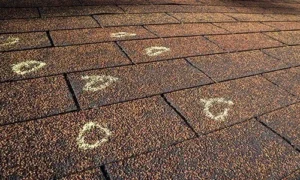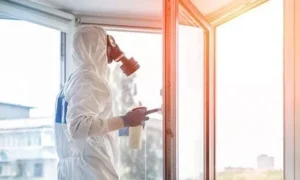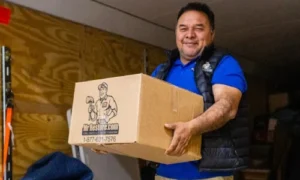While leaks are common in a household, they have the potential to become destructive. Part of household care and upkeep is familiarizing yourself with how to find leaks before they grow into major problems.
Once you develop a basic understanding of where to find common leaks, the potential for avoiding continued threats increases. Leaks can not only cause tremendous damage but considerable wastes of a crucial resource and exorbitant costs in water damage restoration and repairs.
Listening and looking are the most straightforward indicators that a leak is happening within the home sooner rather than later. Early detection is vital, particularly for what is considered “long-standing” or slow leaks that insurance carriers won’t cover.
The location can be deceiving since water moves from one space to the next meaning if there’s a leak in a second-floor bathroom, the ceiling beneath that area will likely show signs of damage usually appearing as brown or yellowish discoloration.
With adequate preventive measures like consistent monitoring of the home’s water meter, faucets, the piping system, and the toilet, considerable damage can be avoided.
How To Find Hidden Water Leaks Within Your Household
As a homeowner, you want to avoid the threat of major water damage caused by common leaks within the home.
Even a minor leak when undetected can lead to saturated drywall, rotted flooring, and an impact on structural integrity not to mention the considerable waste of a crucial resource, and exorbitant costs in water damage restoration and repairs.
Paying attention by listening and looking at faucets, the toilets, and appliances including the water heater and surrounding areas, watching the water meter, and reviewing the utility bill for unusual activity can help with prevention. Here are specific methods for finding hidden water leaks within the household.
1. Pay attention to the water meter
When your utility costs begin to increase but usage hasn’t changed, it’s a sign the house has a hidden leak. As a first step, move throughout the house turning off all water. The water meter will be the first place to check for massive fluctuations. When checking outside, you should look for spigots that might be running and turn all outside water resources off. The leak indicator on the water meter is typically a wheel or a dial that moves as water flows through. If there’s activity there even with all the water off, it’s a sign of leaking. Another method is to read the meter with all water off, water for roughly two hours before reading it again. If there’s a change, it’s a sign of leaking.
TIPS: How To Check A Water Meter For Leaks
2. Inspecting the faucets
A common source of leaks in many households is the faucets. The problem is typically the rubber washer becoming worn. These are located beneath the handle. With the proper tools, you can fix this issue in a DIY capacity after turning the water off either at the main valve or under the sink.
In order to access the gasket, the faucet handles will need to be taken off. Standard gaskets are sold at most local home improvement stores as are the tools you need to do so. Associates there can supply the basic instructions to perform the project also.
3. Finding toilet leaks
While the toilet produces household leaks routinely, these tend to go undetected while wasting hundreds of gallons of water and costing exorbitant amounts of money. A tried-and-true method for checking for toilet leaks is to add food coloring or “dye tabs” to the tank. The coloring should be absorbed into the water for roughly 30 minutes with no flushes. If the color flows into the basin, there’s likely a leak.
Usually, if what is probably a worn or cracked flapper is replaced, these sorts of leaks are resolved relatively easily. When the flapper is inefficient, water will continuously flow from the tank to the basin without being detected. Another warning sign is for those who need to “jiggle the handle” to stop the toilet from constantly running. This is the result of the chain and flush bar becoming stuck. It can possibly be resolved when adjusting the nut fastening this component inside the tank.
Another recommendation is to replace the toilet handle because it might be the problem; maybe it’s sticking.
4. Possible underground water leaks
Water leaks in the outdoors can prove costly making it essential to become familiar with the red flags. The garden could have areas that are darker green in color than others or soft spots when walking across the grass.
You may also notice space around the house that stays damp despite not having rain or unusual pooling near the driveway or street. These are warnings of underground leaks.
With a deep underground leak, it’s critical to reach out to your utility provider immediately. The company will have adequate equipment and expertise to fully diagnose and repair the problem before it can present major damage to the property.
Prevention And Bringing In The Professionals
As a homeowner, a priority is to take preventive measures when dealing with common leaks. Taking control can mean the difference between a minor issue and major problems that lead to considerable waste of a vital resource and exorbitant costs in water damage restoration and repairs.
Excellent prevention includes watching and listening to the faucets, appliances like the water heater, the toilet, pipe system, walking around the garden, paying attention to the water meter fluctuations, and reviewing the utility bill activity.
When you make your routine leak assessments and detect a problem, it’s critical to take action immediately. If troubleshooting like the toilet dye test is not helping discern where the leak is coming from, contact a professional plumbing contractor to diagnose and repair the issue.
When a leak goes undetected with resultant damage to the property including rotting floorboards, deteriorating drywall, or watermarks on the ceilings, it’s crucial to reach out to water damage restoration experts to assess the damage and make recommendations for repairs.
TIPS: Tips For Water Damage Repairs
These professionals will proceed with restoring your home to its original condition after the underlying cause of the leak has been sourced and fixed.
